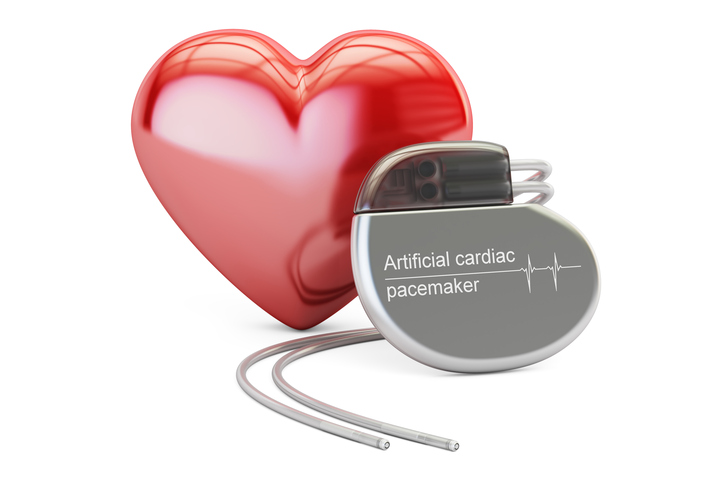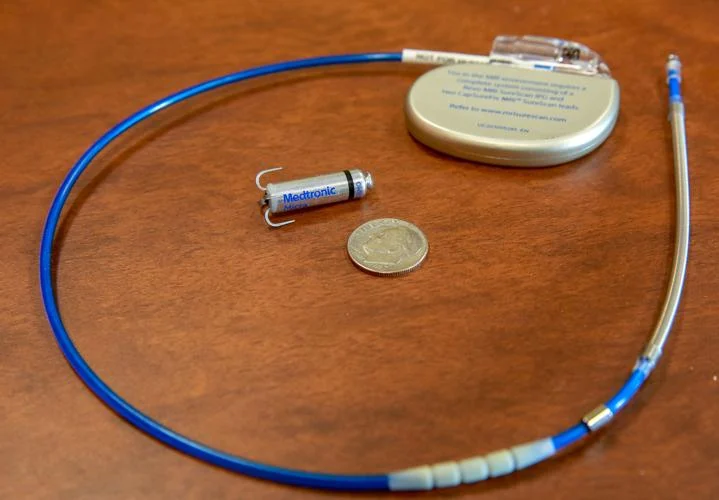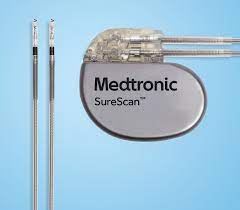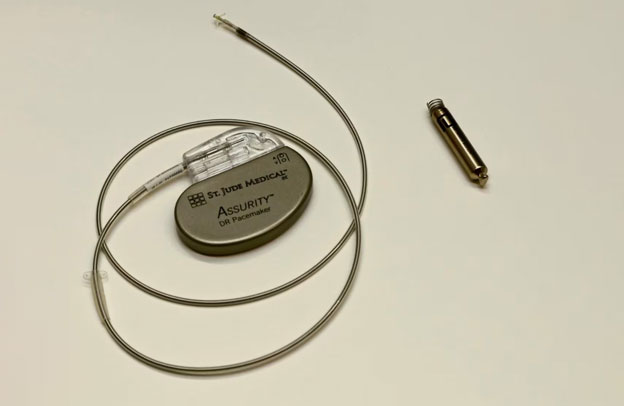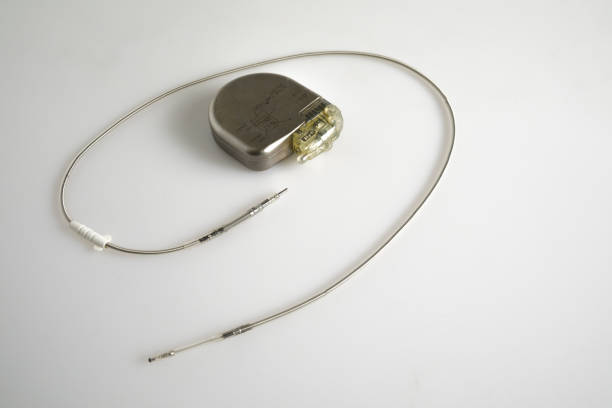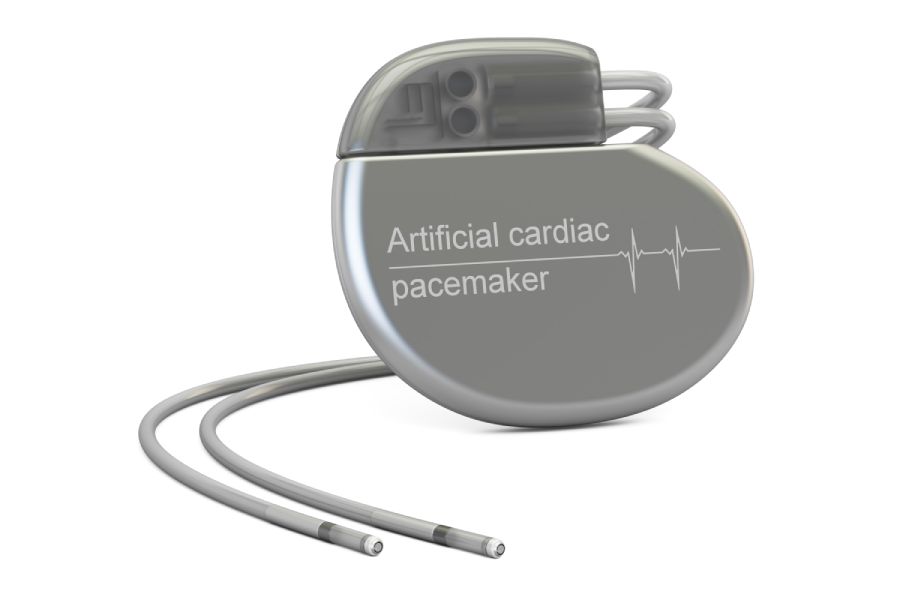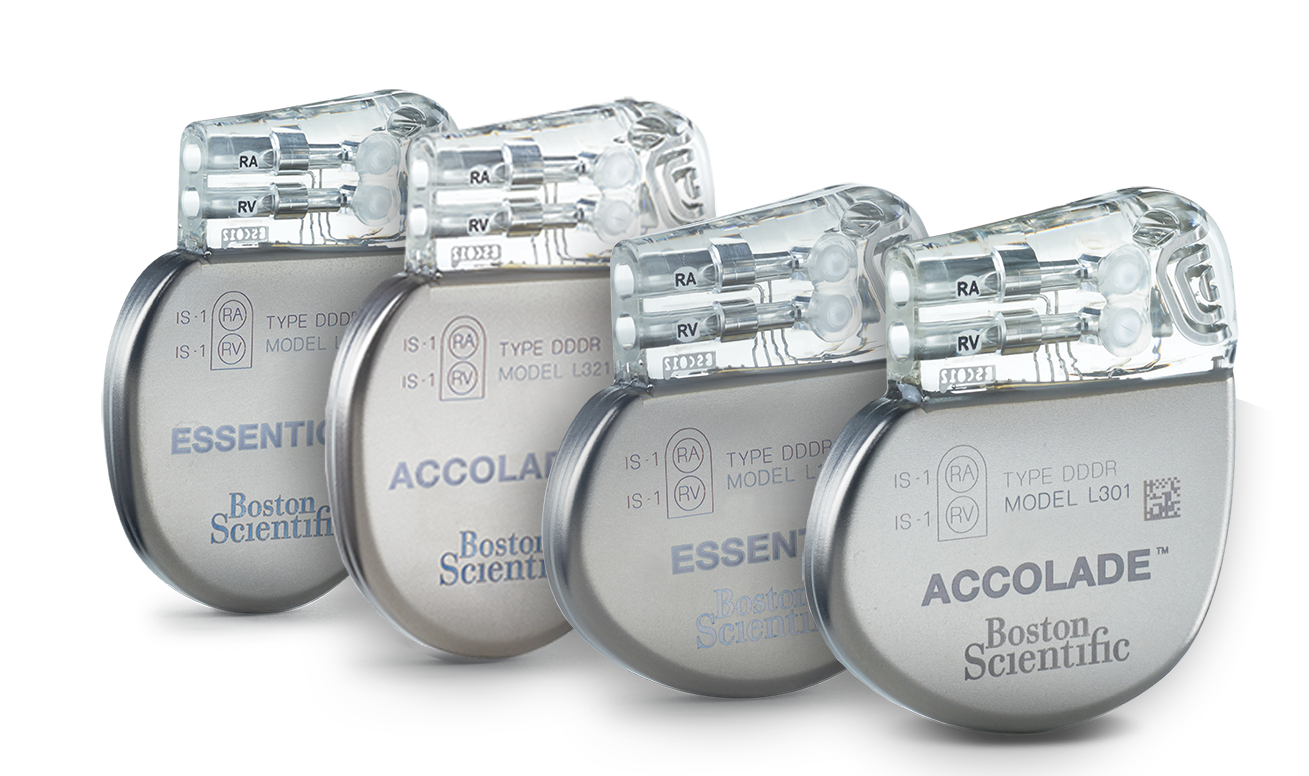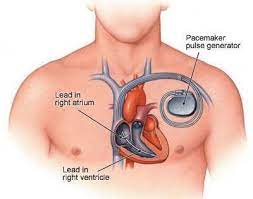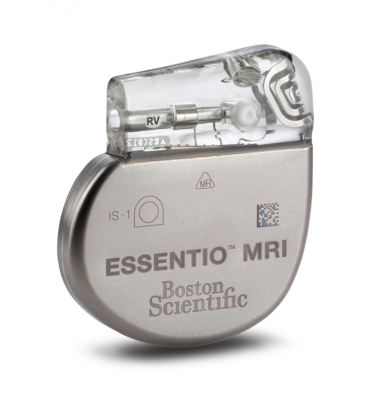Description
Pacemakers are small, sophisticated medical devices designed to regulate the heartbeat in individuals with arrhythmias or other heart conditions where the heart either beats too slowly (bradycardia) or experiences irregular rhythms. By sending electrical impulses to the heart muscles, pacemakers help restore a normal heart rate and improve overall cardiovascular function. These devices have advanced significantly over the years, evolving from bulky external units to compact, implantable models that can easily fit under the skin, typically near the collarbone.
The implantation of a pacemaker is generally a minimally invasive procedure, often performed under local anesthesia. After making a small incision, doctors insert lead wires into the heart, connecting them to the pacemaker, which is then placed in a pocket beneath the skin. Once in place, the device continuously monitors the heart’s electrical activity and can adjust the pacing as needed. Some pacemakers are even equipped with advanced features, such as sensors that detect physical activity and adapt the heart rate in response, ensuring that patients can maintain an active lifestyle without compromising their health.
The benefits of pacemakers extend beyond merely regulating heartbeats; they can enhance quality of life and increase longevity for many patients. Individuals with pacemakers often report improved energy levels and decreased symptoms associated with heart conditions, allowing them to engage more fully in daily activities. Regular follow-ups and monitoring are essential to ensure the pacemaker is functioning optimally, and many modern devices can transmit data wirelessly to healthcare providers, facilitating timely interventions when necessary.
Despite their effectiveness, patients may have questions and concerns regarding living with a pacemaker, including lifestyle adjustments and activity restrictions. However, most individuals can lead normal lives after implantation, resuming activities such as exercise, travel, and even certain sports, with some precautions. With proper education and ongoing support from healthcare professionals, patients can achieve a renewed sense of confidence and well-being, knowing that their pacemaker is actively working to maintain their heart’s rhythm.
